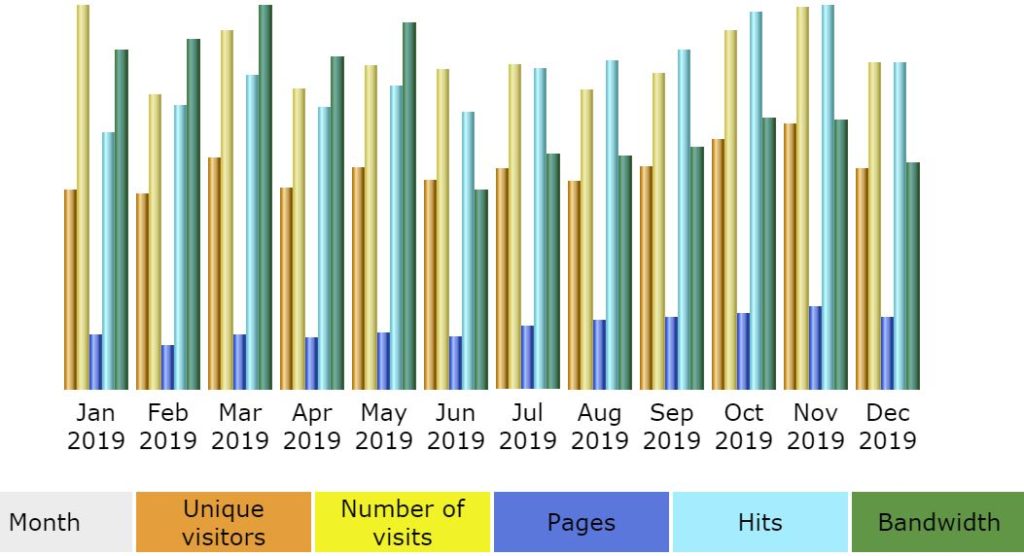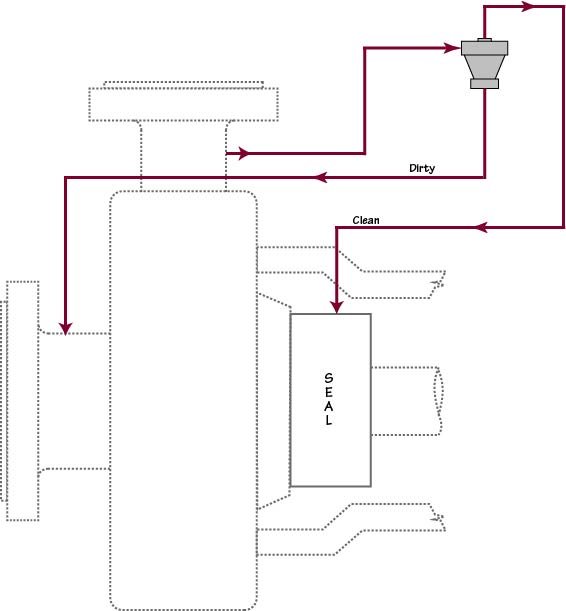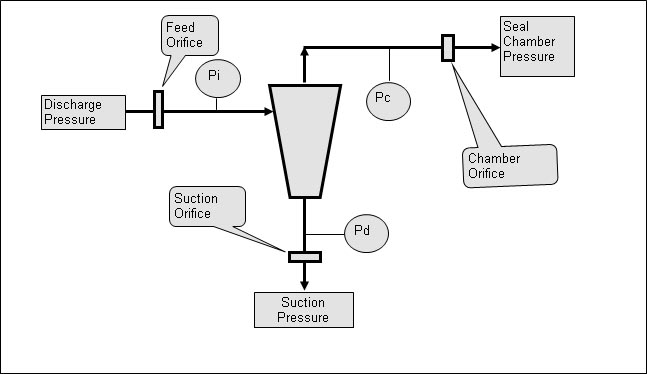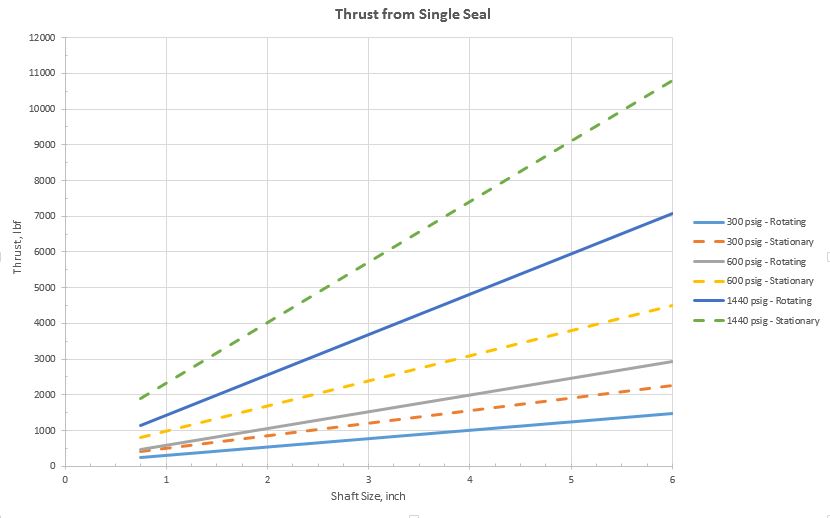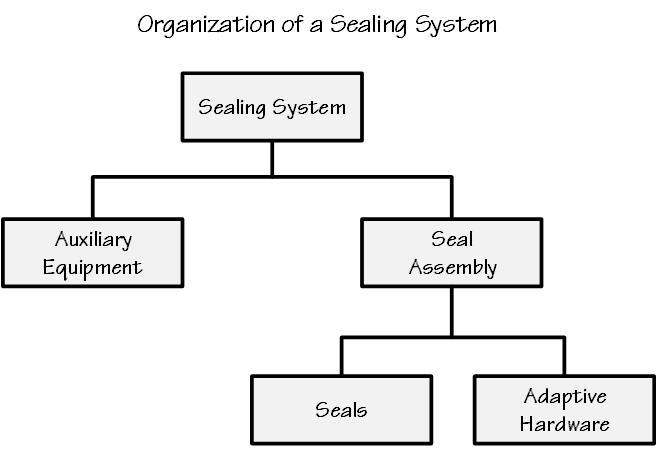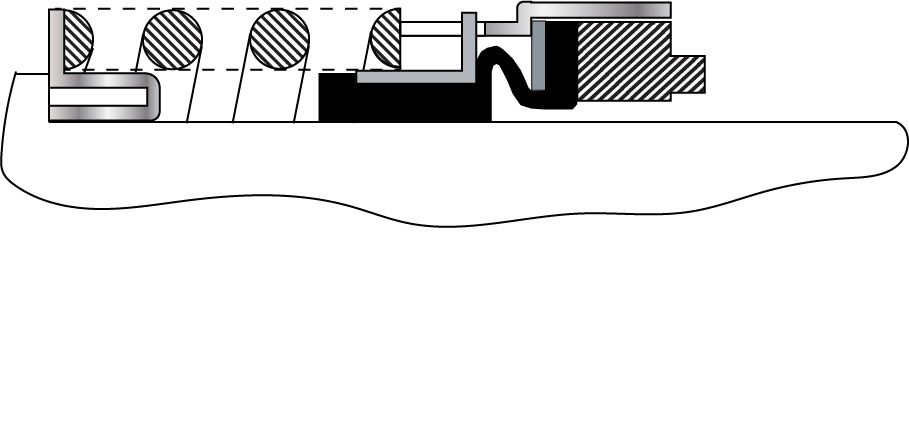In the early 1970s, I was part of a centrifugal pump
inspection team whose goal was to increase pump reliability. At the same time, we were converting many
pumps from packing to mechanical seals.
We were also converting some pumps with single seals to tandem
seals. We were a busy group and I was on
a very steep learning curve.
Even though I was new to pumps and seals (well, bearings,
lubrication, — ok, everything!) our group leader made no bones about what he
wanted and expected from our seal suppliers:
SEALS. That was just about
it. He expected our suppliers to have
lots of spare parts on hand for essentially immediate delivery.
Of course, we also wanted to be kept informed of the latest
developments in the world of seals. We
wanted to see lab tests, technical papers, advances in materials such as
perfluoroelastomer and silicon carbide, etc.
Finite element analysis was beginning to be used to study seal design
and performance. This was an exciting
time to be learning about mechanical seals.
In those days, we did our own failure analysis and we had
plenty of failures to examine. By our
rules, Mean Time Between Repairs (MTBR) was only about a year (some would have
called it 2 years or more). Improvements in reliability through failure
analysis was one of the main functions of the inspection group. We used failure analysis to point towards
specific and general methods of improving reliability. We did not want to be simply “parts
changers”.
We also did our own seal repairs, including lapping, and
rebuilt our own seals. Training was done
by our group leader. I actually heard
him say, somewhat arrogantly, to a seal salesman: “What can you teach me about
seals?” But then, he enjoyed challenging
people – including our own group members.
We actually did go to a few outside, independent seals training courses
and sometimes even asked a seal OEM for a detailed failure analysis
report. But, for the most part, we did
not rely on the seal OEMs.
Of course, we had our own inventory of critical pump and
seal parts in addition to the seal supplier’s inventory. The relative proportions of these inventories
were always a bone of contention. I have
to laugh when someone says that, long ago, inventory did not matter. Of course inventory mattered – the “optimum”
was simply a different amount than it is today.
We even had an equipment records system that used a computerized
database (yes, even in the ‘70s!) of equipment, services and repairs. Querying this database provided statistical
evidence of problem pumps and problem components. Yes, mechanical seals were the main component
causing pump repairs. In addition to the
computer databases, we also had good old paper files for each pump which
included the original specifications and datasheets, notes on repairs and,
occasionally, a photograph but more often a sketch.
I realize that every process plant was not so well staffed,
directed and equipped but mine was and I have greatly benefitted from that
experience.
Fast forward some five decades and the relationship between
seal supplier and end user is vastly different.
Most end users do not do failure analysis and do not rebuild their own
seals. They may not have their own
equipment databases and failure records.
They even may not have an inventory of seal parts. Instead, most end users seem to rely on their
seal suppliers to provide not only goods but also services.
As a result of the changes in this relationship, it is the
seal supplier who gains the experience and the knowledge that I received as an
end user. The seal supplier typically
provides a technician or engineer, very nearly a contract employee, to his
customer, the end user. This person
collects data, examines seal failures, makes recommendations (and gets to see
the effect of those recommendations!) and builds up an equipment and failure
database. The loss of experience for the
end user is definitely a gain in experience for the seal supplier.
So, what do you want from your seal supplier?
